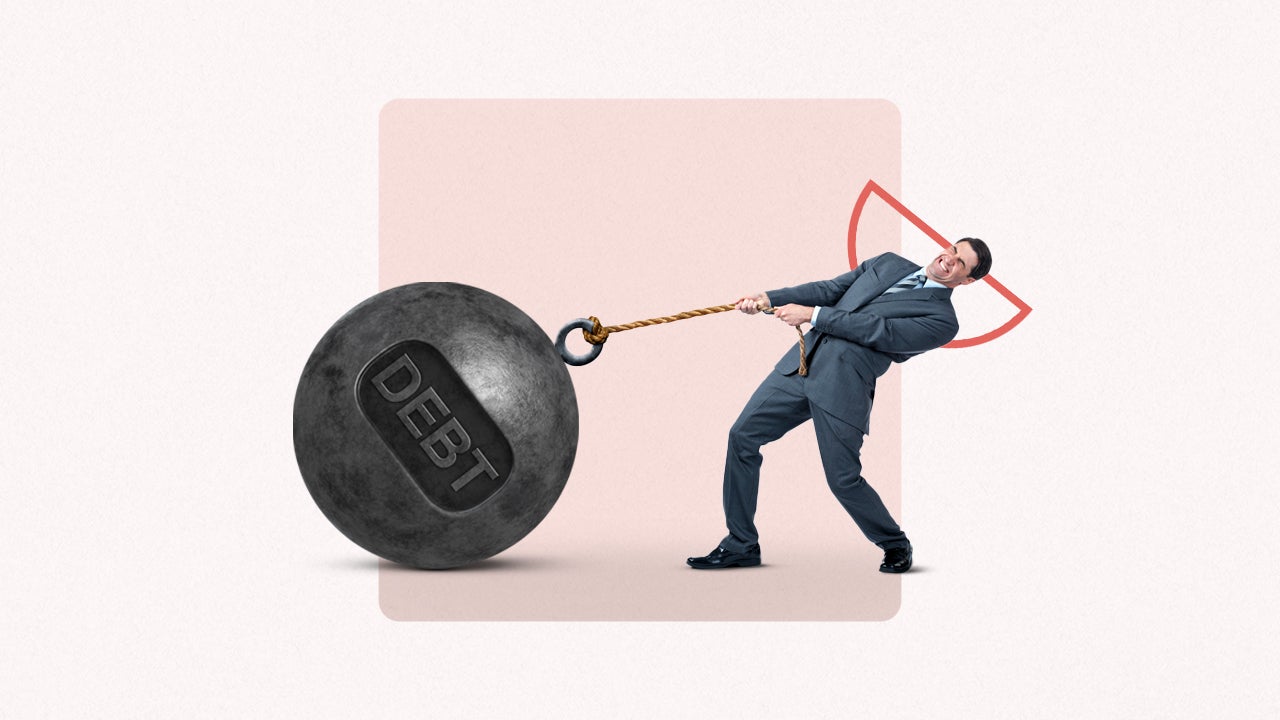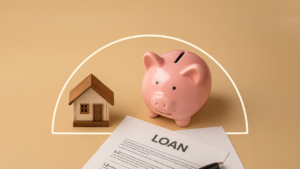How to get a debt consolidation loan in 6 steps




Key takeaways
- Before applying, check your credit score, calculate your debt-to-income ratio and know your current debt balances and payments.
- It’s crucial to compare lenders and pick the one offering the best terms for your financial situation.
- If a debt consolidation loan isn’t feasible, adjust your budget or explore balance transfer credit cards.
- Seeking assistance from a third party can also help in managing your debt more effectively.
Depending on the loan terms, you could save money on interest and pay off your total debt sooner with a low-interest debt consolidation loan. To qualify for a debt consolidation loan, you’ll need to have a solid grasp of your finances and credit standing. While you can qualify for debt consolidation with bad credit, you’ll have a harder time getting a low rate.
How to qualify for a debt consolidation loan
You can get a debt consolidation loan from most banks, credit unions and online lenders. Eligibility requirements vary by institution, but there are a few steps you can take — like checking your credit, calculating your total monthly debt and comparing lenders — to increase your chances of approval.
1. Check your credit score
You’ll typically need a credit score of at least 700 to qualify for a debt consolidation loan with a competitive interest rate. However, a lower credit score doesn’t automatically equal a denial, as some lenders offer loans for bad credit. The annual percentage rate (APR) will likely be higher, so it’s important to shop for the best bad credit loans. If you can’t find a better APR, taking out a debt consolidation loan may not be worth it, as you won’t be able to save money on interest.
There are a few ways you can check your credit score. Some banks and credit issuers, like SoFi, allow you to view your score for free if you have an account with the company. You can also request a free copy of your credit report from all three credit bureaus on a weekly basis by visiting AnnualCreditReport.com. Although these reports won’t have your actual score, they will list your repayment activity, negative marks and borrowing history.
2. List out your debts and payments
Create a list of all the debt accounts you plan to consolidate — including the amount you owe, the interest rate and the minimum monthly payment. Then, total the balances to determine how big of a loan you’ll need to consolidate your debt.
After that, add up all of your minimum payment amounts to see how big a monthly payment on a debt consolidation loan you can afford. Once you have that down, use a loan calculator to see the terms and interest rates you’ll need to secure for the loan to serve its intended purpose.
3. Calculate your debt-to-income ratio
Your debt-to-income (DTI) ratio is a key determinant of your approval for a debt consolidation loan. It’s calculated by dividing the sum of all your monthly debt payments by your gross monthly income (or the amount you earn before taxes and other deductions are taken out).
To illustrate, assume you pay $350 in minimum monthly credit card payments and have an auto loan and personal loan that cost you $585 and $425 each month, respectively. If you earn $3,500 monthly, your DTI ratio would be 38 percent. Here’s the calculation:
- Total monthly debt payments: $350 + $585 + $425 = $1,360
- Gross monthly earnings: $3,500
- DTI calculation: [$1,360 (total monthly debt payments) / $3,500 (gross monthly earnings)] x 100 = 39 percent
Ideally, your DTI should not exceed 35 percent to have the best chance at qualifying for a debt consolidation loan. Some lenders may be a bit more lenient, but you may only be eligible for less favorable terms.
4. Compare lenders
When comparing debt consolidation lenders, consider the APRs, fees and any other perks they offer borrowers. Utilize resources like CFPB’s Consumer Complaint Database, Trustpilot and the Better Business Bureau to determine whether a lender is reputable.
Begin your search for a debt consolidation loan by checking with your current bank or credit union. Compare your financial institution’s rates and terms to those offered by other top lenders. Bankrate is a good place to start since it can help you compare multiple lenders at once.
If the lenders offer online prequalification tools, consider using them to gauge your approval odds. You can complete the prequalification process to view potential loan offers and interest rates without negatively impacting your credit score.
5. Apply for the loan
Prepare necessary documentation that the lender requires before starting the full application. Although this varies by lender, you’ll typically need to provide the following:
- Proof of income: W-2s, 1099s, pay stubs or tax returns.
- Proof of identity: Birth certificate, driver’s license, state-issued ID, passport or another official ID.
- Proof of address: Utility bill, lease or rental agreement, bank or credit card statement or voter registration card.
Once you have your documents handy, submit the loan application. Many lenders allow you to apply online, receive a quick decision and upload the supporting documents to issue final approval. But if you’re applying with a traditional bank or credit union, you may be required to visit a physical branch to apply and it could take longer to receive a lending decision.
6. Close the loan and make payments
Upon approval, review and clarify the loan terms. The lender will process the file for closing and disburse the loan proceeds to your bank account directly. However, some lenders use the funds to pay your creditors directly, if you sign up for it.
Alternatives to debt consolidation loans
After exploring your options, you may find that a debt consolidation loan isn’t the best fit. Whether it’s because you don’t qualify for a loan with attractive terms or you need to access a larger amount, consider these alternatives to debt consolidation:
- Recalibrate your budget: Identify areas where you can reduce spending and use it toward debt repayment. Consider trimming down on subscription services or switching to a cheaper internet or cell phone plan.
- Use a balance transfer credit card: Qualifying for a balance transfer card with a 0 percent introductory rate allows you to consolidate all of your credit card balances into one account, leading to faster payoff and savings on interest — as long as you pay the balance before the promotional period ends.
- Home equity loan: If you’re a homeowner, you can borrow against the equity you have in your property, often at a lower rate than you’d pay on a debt consolidation loan. However, a major disadvantage of a home equity loan is that if you default, the lender can foreclose on your home.
- Seek third-party help: If you have a significant amount of debt — over $10,000 — consider seeking help from a credit counseling agency or debt relief company. Either could help you consolidate your debt and negotiate with your creditors to get you more favorable terms, though you may find a nonprofit credit counselor to be more cost effective.
- Savings: Tapping your savings to pay more than the minimum monthly payment on your debt can also help you get out of debt faster and save money on interest charges. That said, try not to completely exhaust your emergency savings because it could lead to taking on more debt to cover a true future emergency.
Regardless of your choice — be it a debt consolidation loan, balance transfer card or another alternative — avoid taking on more debt while paying off your balances for your situation to improve. To do this, you should evaluate what got you in debt. Look into establishing better spending and savings habits, and be firm about your budget.
Bottom line
If you’re considering a debt consolidation loan to get out of debt sooner and save money, familiarize yourself with the lending process so you’ll know what to expect. Doing so also educates you on the necessary steps you can take to boost your approval odds.
At the end of the day, if you don’t qualify or are unsure about taking on another loan, consider all of your options. Otherwise, you could end up with a larger debt load and another monthly payment that tightens your budget even more. Be proactive in managing your finances to secure a stable financial future.
Frequently asked questions
Why we ask for feedback Your feedback helps us improve our content and services. It takes less than a minute to complete.
Your responses are anonymous and will only be used for improving our website.




